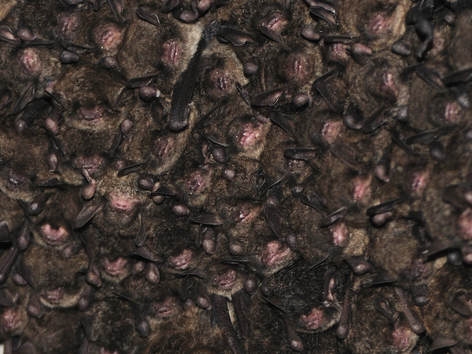|
Most of my research falls at the intersection of basic and applied science. My basic research focuses on the physiological, behavioral, and ecological mechanisms that organisms use to cope with their environment. More recently, I have been working on stress physiology and the ecological effects of that stress. I use a multitude of approaches including non-manipulative data collection under natural conditions, experimental manipulations, computer modeling, and comparative analytical techniques. In the past, I have worked mostly on mammals (bats, elephant shrews, rodents, and more), but also on plants, insects, and birds. Cool questions and experimental designs command my attention far more than any specific taxon.
|
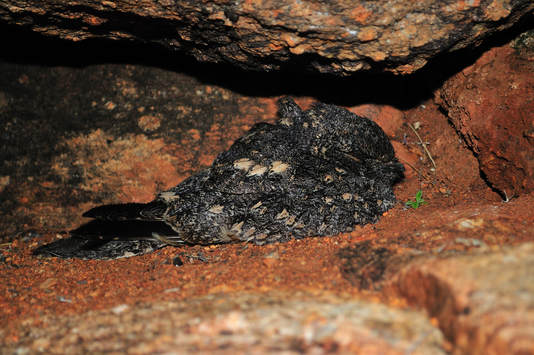
I apply my basic research to address responses of species to environmental stressors. In particular, I am interested in responses to anthropogenic stressors, like climate change, land-use changes, agriculture, disease, and light pollution. My interest in this area ranges from purely ecological (e.g., trophic interactions in human-altered landscapes and around artificial lights) to purely physiological (e.g., thermoregulatory acclimation to heat stress and metabolic functioning). I am interested in recruiting students to work on any human-related stressor in natural environments.
Ongoing and Continuing Reseach
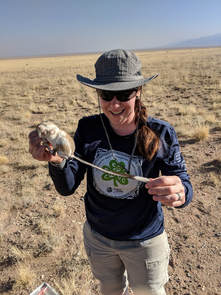
Community (physiological) Ecology: Ecologists have historically viewed physiology as an emergent property of the interaction between an animal and its environment. More recently, there has been an increasing recognition that physiology at the organismal level can drive behavior, community interactions, and even ecosystem-level processes. We use experimental approaches to manipulate physiological functioning of vertebrates and isolate the behavioral and ecological impacts of an animal's physiological functioning. To do so, we use a variety of pharmacological and environmental manipulations and follow the responses using cutting edge field techniques.
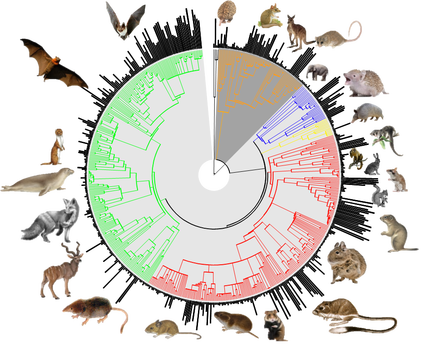
Evolution and Ecology of Thermoregulation: The evolution of thermoregulatory patterns in mammals and birds has fascinated biologists for decades. Describing variation in thermoregulatory patterns and determining the distribution of those patterns, both phylogenetically and geographically, is vital to understanding the evolutionary history of endothermy. Over the past several years, I have worked in this line of research on multiple levels, from measuring thermoregulatory patterns of species around the world to conducting large-scale comparative analyses of those patterns.
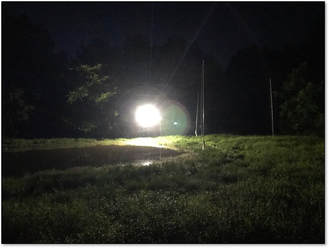
Light Pollution: My lab researches light pollution at multiple spatial and temporal scales. For example, we have shown that even temporary light pollution has the potential to disrupt a coevolutionary arms race by changing predator-prey interactions of eared moths and bats. We are also currently using global analyses to identify areas worldwide that are especially threatened by light pollution, and how light pollution might affect migratory pathways of nocturnally migrating species.
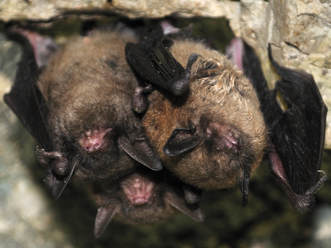
Hibernation Physiology and Ecology: I have long been interested in the physiology and ecology of hibernation, especially in temperate-zone bats. I have published papers on everything from energetics to behavior to population dynamics, and because of this interest, I was heavily involved with research on White-nose Syndrome for several years.
